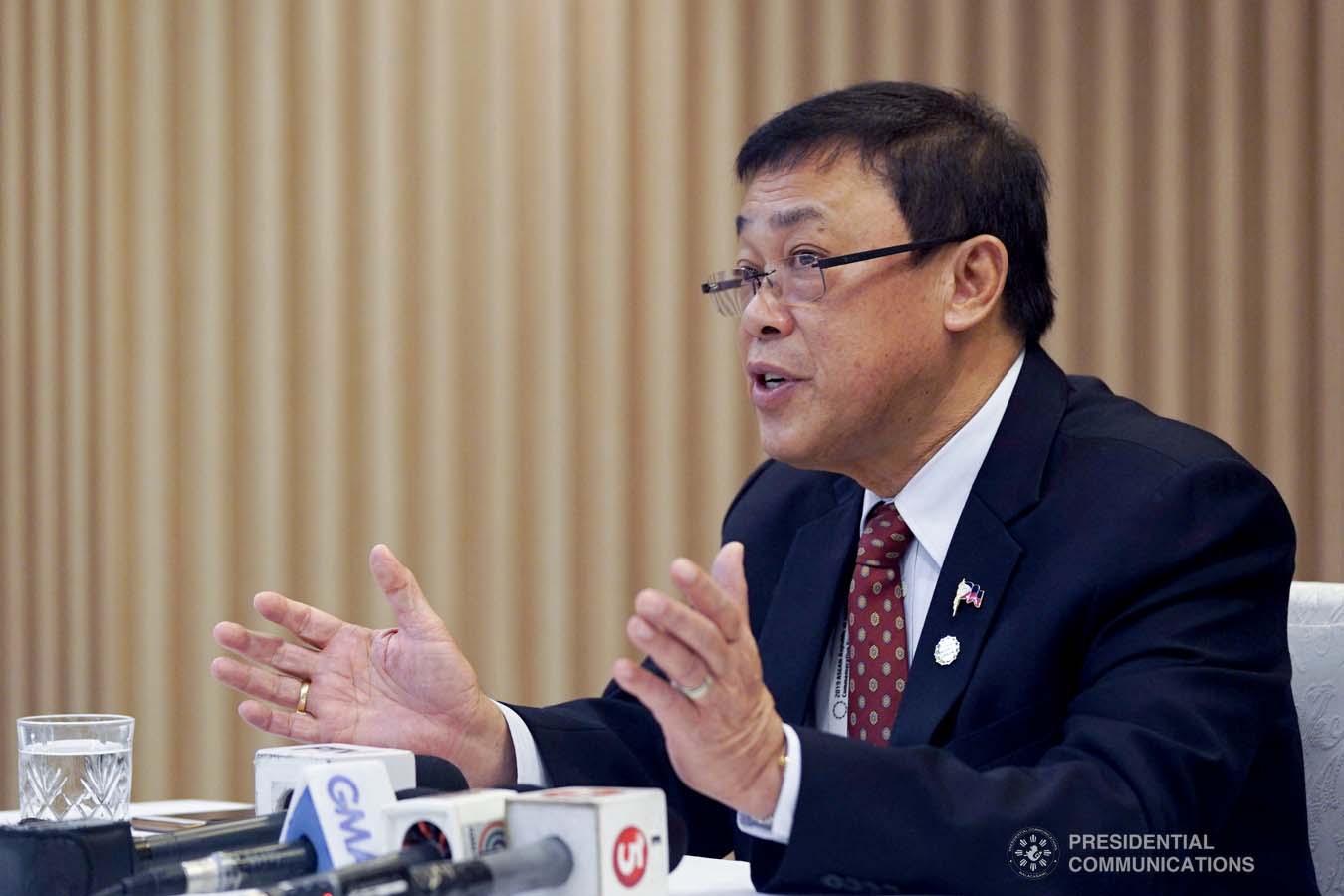
BUSAN, South Korea—The Philippines eyes to have more South Korean tourists visiting the country, surpassing the number of tourist arrivals posted last year, the Philippine Ambassador to South Korea Noe Albano Wong said.
During an interview with the Philippine media Sunday, Ambassador Wong said that contrary to the common belief, South Koreans are the number one tourists in the Philippines and not Chinese.
“We have already reached one million. And in fact, as of December of 2018, we had one million six hundred forty — six hundred fifty one [thousand], two hundred eighty two,” he said.
“I think Korean tourists, which is almost one and 1.1 percent higher than 2017, which is one million six hundred seven something…something Korean tourists.”
The country’s target is to have two million South Korean tourists going to the Philippines by yearend, he said.
Citing a report by the Department of Tourism in Seoul, he said that in the first nine months of this year, the country have already exceeded the number of arrivals compared to the same period last year.
“We look forward to this October, November, December, that we will be able to reach the two million for reason that you know, this is winter time in Korea, from now on up to maybe March of next year,” Wong said.
Fueling the large number of arrivals is the very good tourism policy of the Philippines, which, according to Wong, is pegged at being sustainable and responsible.
Those two policies, he said, allow the country to make a striking balance between business opportunities, environmental protection, and social responsibility.
“We do not want to have a repeat of what happened to Boracay when the President has to force the closure of Boracay and so on and so forth,” he noted. “So that’s why we have this environmental protection, social responsibility, and business opportunities.”
Multiple airlines servicing the Philippines and Korea are also attracting more tourists to come to the Philippines, according to the Filipino envoy.
There are 12 carriers plying the Philippines and South Korea—Asiana, AirAsia, Air Busan, Air Seoul, Jet Air, East Star, Korean Air, Philippine Airlines, and Pan Pacific Airlines.
Also, just last month, the country added 14 flights with the opening of three other tours—from Daegu to Kalibo and Daegu, Incheon to Bohol and Incheon, and Gwangju to Clark and Gwangju.
Other than the tourism aspect, these arrivals, he said, basically add up to the people-to-people exchanges, which will redound to the cultural exchange between the two countries.
The Philippines competes with other ASEAN countries in attracting South Korean tourists, most notably against Thailand and Vietnam. Vietnam lords it over in terms of the number of arrivals of Korean tourists.
So far, there are approximately 93,000 South Koreans living in the Philippines for business, studies, or leisure, Wong said, noting an imbalance considering that there are only 58,000 Filipinos in South Korea. Most Koreans go to the Philippines to learn English.
This is one of the issues to be ironed out, Wong said, stressing the embassy is working on visa issuance to Filipinos. In most ASEAN countries, there is no visa required for the first 30 days of stay. For Filipinos wanting to go to South Korea, however, there’s a need to secure a visa.
“We are trying to raise that issue on a quid pro quo because almost every time Filipinos here will come, we have to get visa,” he said.
President Rodrigo Roa Duterte is scheduled to arrive here in Busan Sunday to participate in the 2019 Association of Southeast Asian Nations-Republic of Korea (ASEAN-KOR) Commemorative Summit.
The Filipino leader will also hold a bilateral meeting with South Korean President Moon Jae-in during his visit. PND

